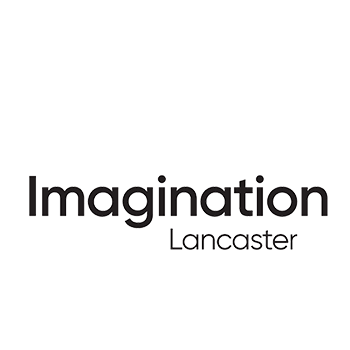I was slightly nervous submitting a paper for the KE conference, since my research is still at a fairly early stage. Rather than presenting the results of finished work, the contribution set out where I think the path of my research will take me. I asked some questions and made some hypotheses about what might be possible in terms of measuring KE, and why this is an interesting area to study.
When the presentation session actually took place, I was very much reassured. The morning session of the conference using the digital tool, encouraged friendly discussion in the spirit of collaboration and cooperation, followed by a provocation by Marc Tassoul that brought the room together in creating the sounds of a pastoral scene. So the atmosphere for the paper session was already open and friendly. We sat in loose circles, with two authors allocated to each group. Participants got to choose where to sit, so I was gratified to see that the seats in my group filled up quickly with people who were interested in what I and my fellow author Simon Moreton had to say.
I went through my paper, and asked some questions from the group. Some great responses and discussion emerged, and I got some insights that I hadn’t previously considered in relation to my work. One particularly interesting comment was that if new metrics are developed which can measure KE by looking at unrelated things that happen as a consequence of good KE, those trying to impress funders might undertake KE interventions that are designed to perform well on the metrics rather than the underlying success. Definite food for thought.
Participants in the group got the chance to note down their thoughts, and then it was Simon’s turn to discuss his paper, leading to yet another fascinating discussion. In fact it was so interesting that we were disappointed to learn that the time had run out and it was time to move on to the next activity. But there was still plenty of time during the rest of the conference to follow up on these ideas and discuss them further.
I’ve already had contact with someone who was in the discussion group who is interested in doing some follow up research, and I hope that many other contributors got as much out of the session as I did. Certainly I also found the session where I listened to other authors go over their work fascinating, and look forward to reading more of their work on these topics.
